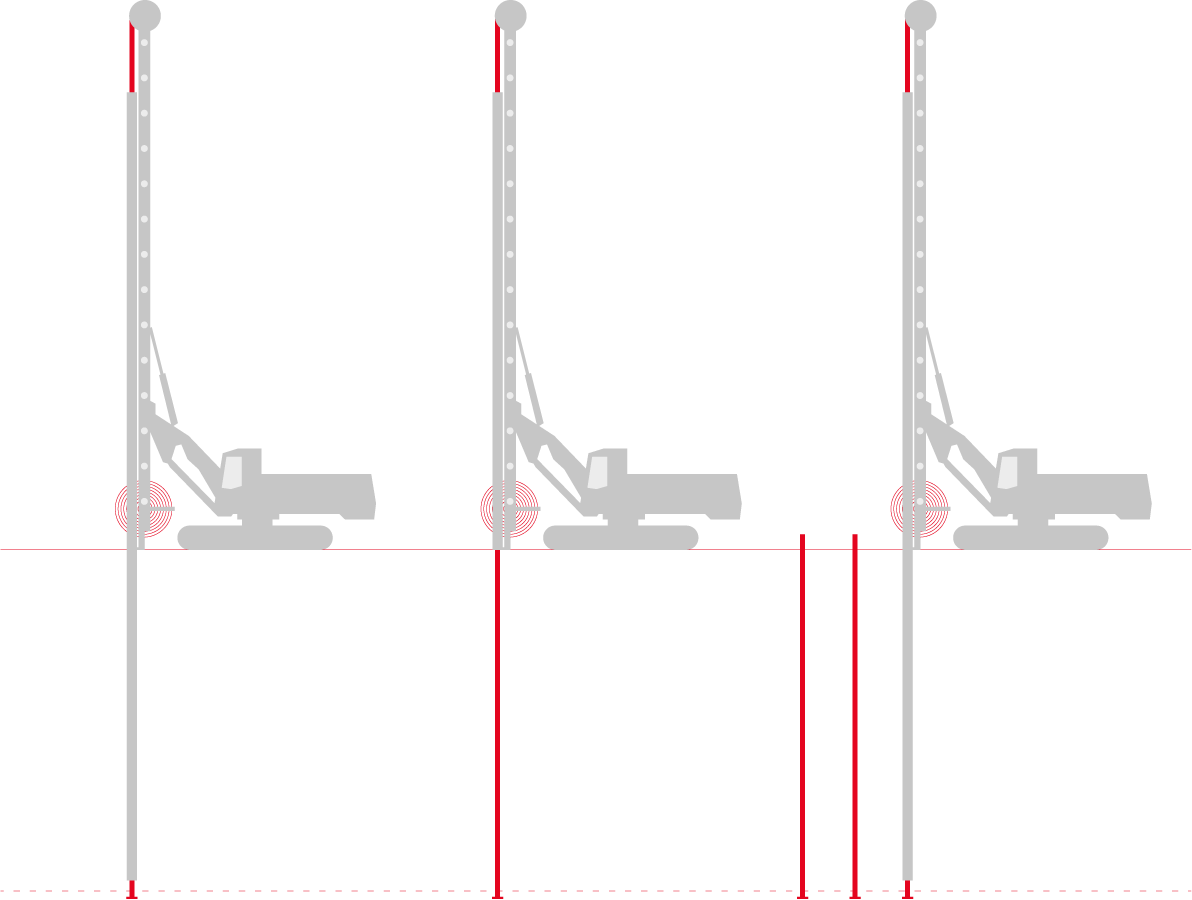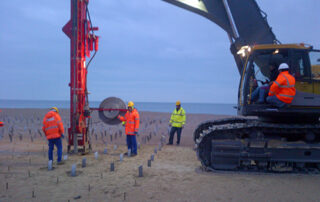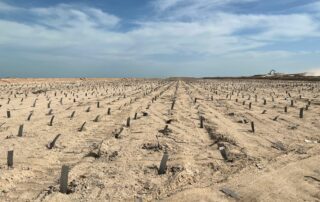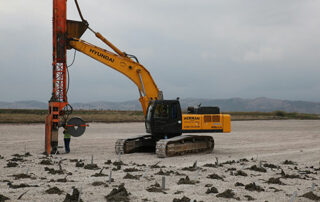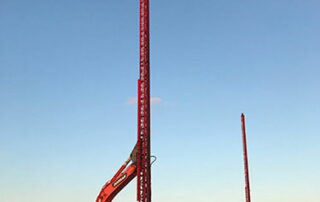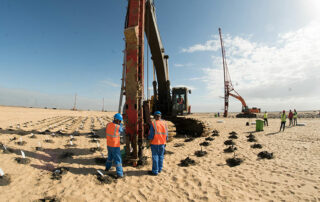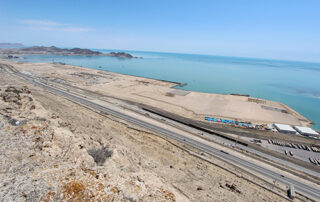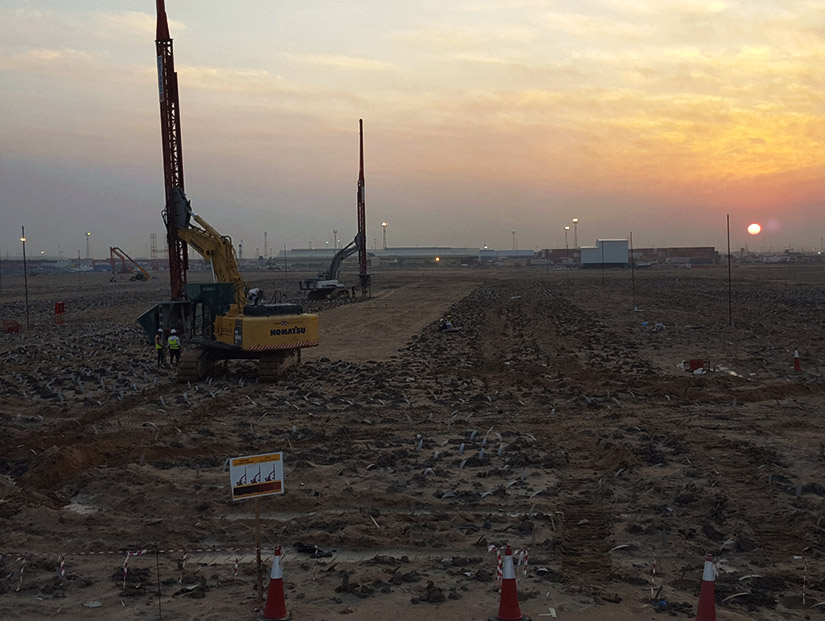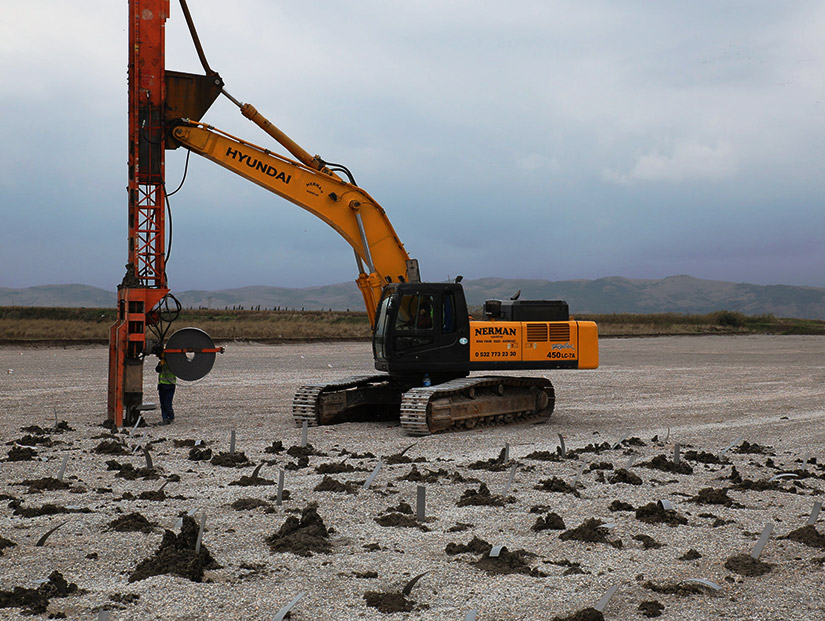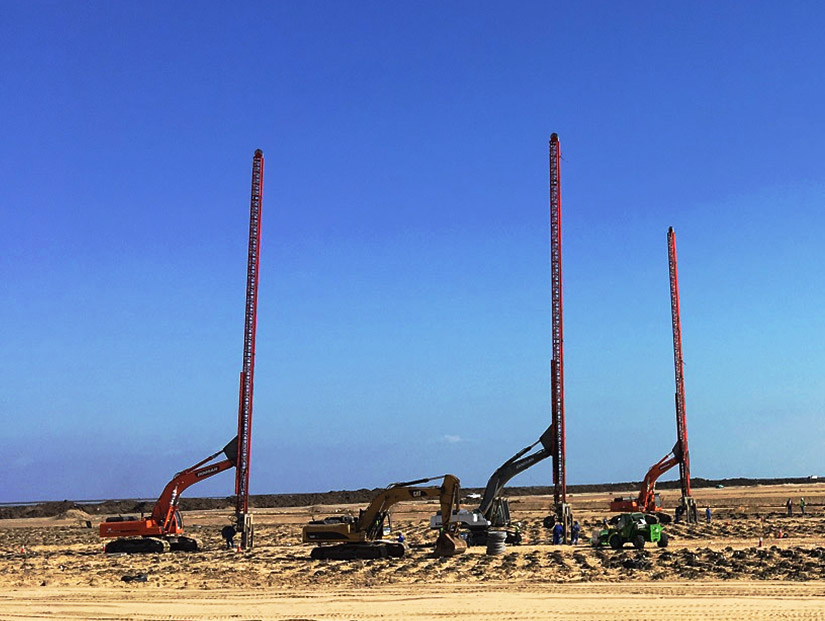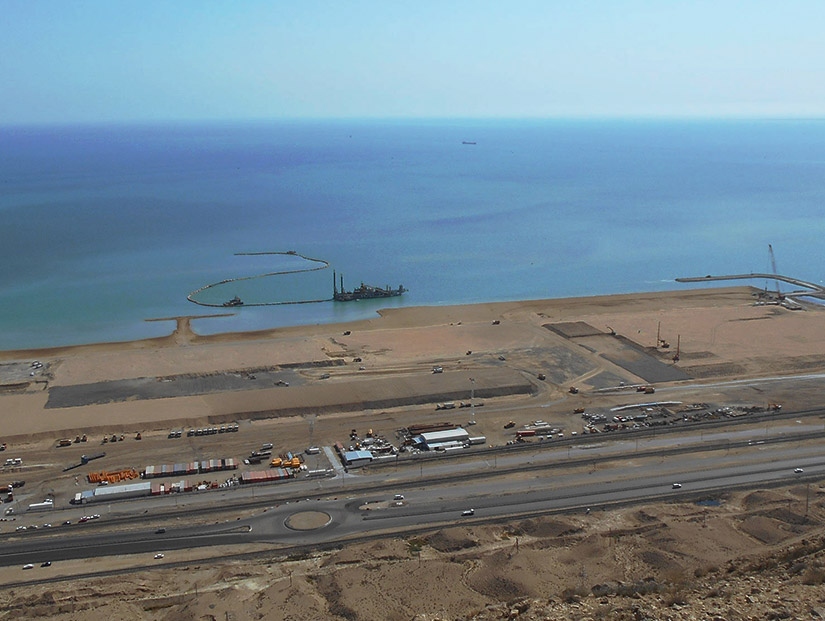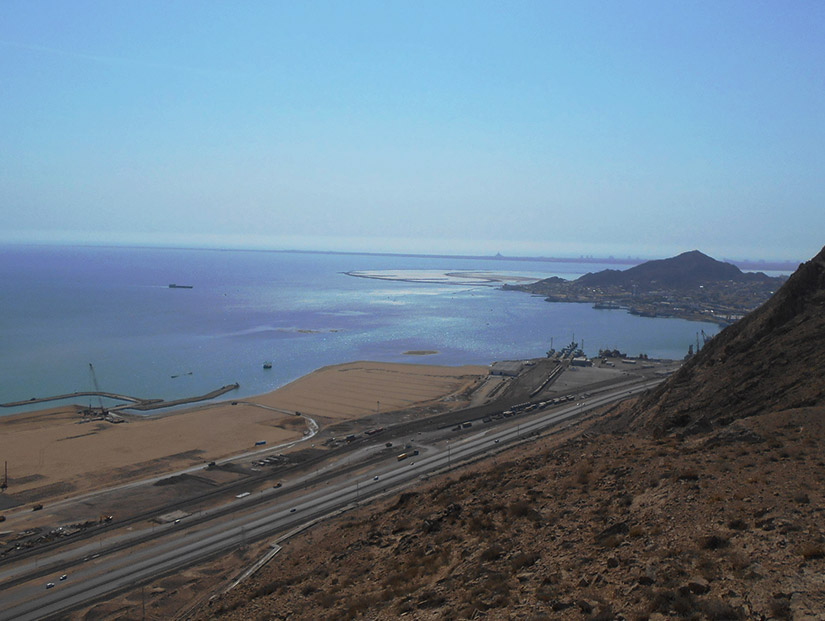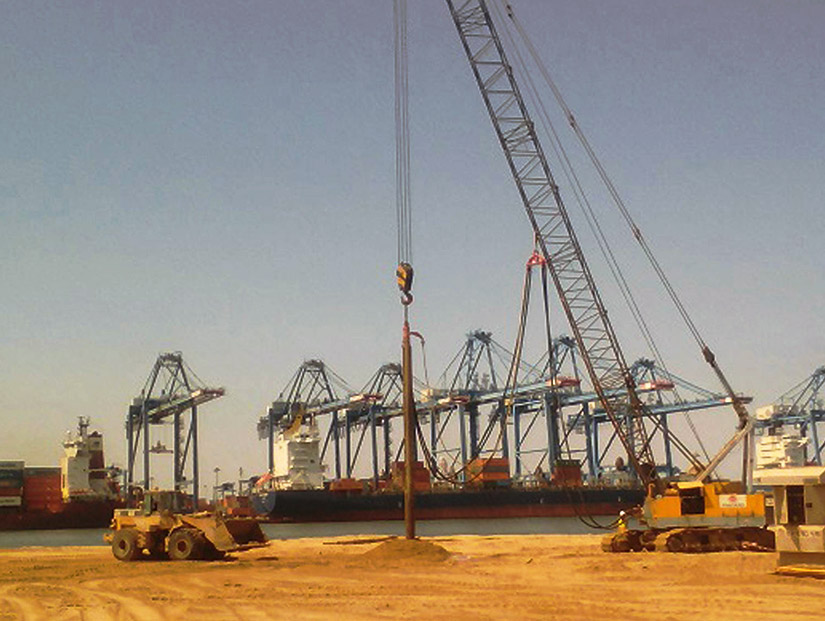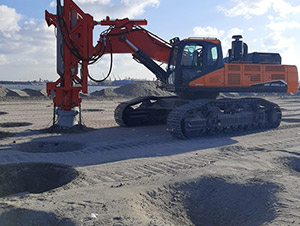Vertical Drain Installation: Revolutionary Technique for Dealing with Soft Soils
Vertical drains, also known as prefabricated vertical drains or wick drains, are made up of a plastic core surrounded by a geotextile that acts as a filter to prevent clogging.

What is drain?
Prefabricated drains are made up of a plastic core surrounded by a geotextile that acts as a filter to prevent clogging. There are various types of prefabricated drains (round and flat) and various sizes. Networks of drains are designed according to the type of ground and the degree of consolidation targeted.
Installation
Depending on the ground, static, dynamic or static-dynamic installation methods are employed. The machines used can conventionally install drains up to depths of about 50 metres. The mandrel is attached to a sliding mast, which is turn attached to the arm of an excavator or a crane.
What is the purpose of a vertical drain?
Cohesive soils (clayey soils) are generally characterized by having a low permeability. Consolidation of a soil relies on the ability to evacuate water out of the soil matrix. By installing a network of drains and the placement of preloading or surcharge programme of the site, induces or forces settlement within a limited period of time. This allows the control of residual settlements during the life time of the structure to within acceptable limits.
Vertical Drains FAQ
Consolidation starts only when the preloading fill is placed.
The answer is clearly YES, but the real question is whether it is useful to drain soils that already has good drainage characteristics.
The main purpose of drains is to provide pore water with an escape path when the soil is subject to stressing due to preloading fill. Consolidation settlement takes place when pore water is removed from saturated soils. It is thus, as a rule, not necessary to install vertical drains if there is no water in the soil. This type of soil can be compacted directly.
